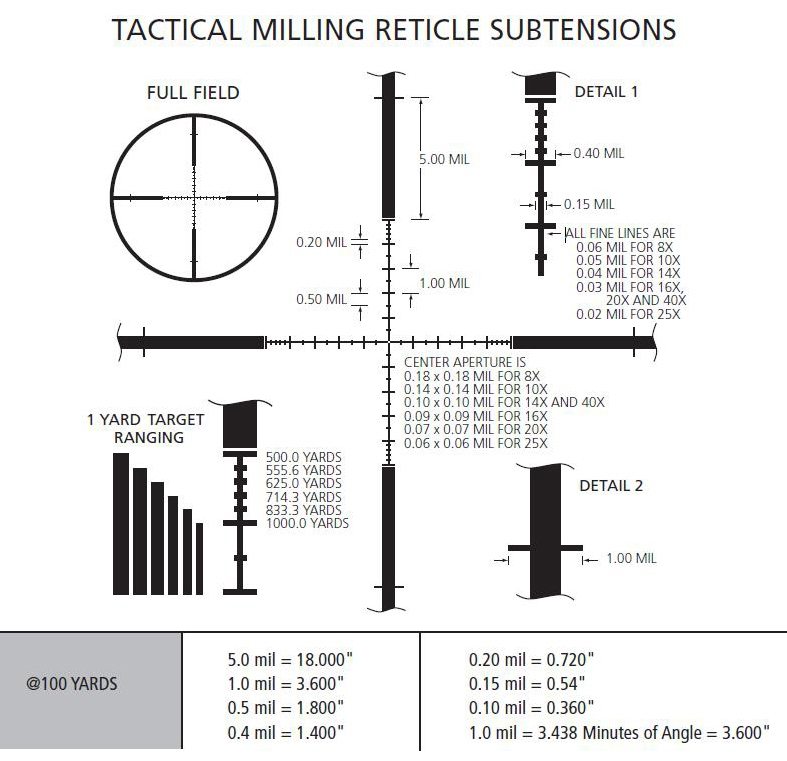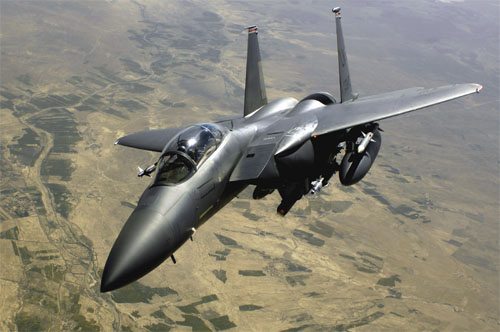Interceptorshield.com, Q: General Obering would you mind telling us a little about your self for the readers and about what you do in the MDA?
A: Sure, Nate. I have been in the U.S. Air Force for over 31 years, starting out as a fighter pilot flying F-4E Phantoms. After receiving my Masters in Astronautical Engineering from Stanford University, I moved to the Space Shuttle program, where I participated in 15 launches as an Orbiter engineer. After several more assignments in the Air
Force, I arrived at MDA in December 2001 to become the Program Director for Command, Control, Battle Management and Communication. I took over as the Director in July 2004. In this position, I serve three roles: head of a defense agency responsible for an annual budget of $8 billion and more than 5,000 individuals; the acquisition executive for all programs funded by the agency; and the manager for a single missile defense development program, overseeing the development, design, and testing of a global, integrated ballistic missile defense system.
Q: Since the MDA began development on the missile defense system, some of the programs that have been mothballed since President Reagan, have been looked into and some modernized with modern technology. Are there still more ideas we can draw on from the old missile defense program that at the time technology did not permit or should we as the missile defense program moves forwards be looking to implement fresh ideas for the system?
A: We will always be looking for ways to leverage the considerable research we accomplished under the SDI program. At the same time, we will keep pushing our scientists and engineers to come up with more advanced technological solutions to defeat this very challenging and very urgent threat. Some of the work done under the old program is just now bearing fruit. We did extensive research on lasers, for example, during the 1980s and 90s. Only recently did we achieve major milestones with the high-power laser under development for the Airborne Laser. There is a lot of work that needs to be done before we can have an Airborne Laser to do boost phase intercepts, but my point is that we continue to build off the progress we made ten, twenty years ago. This applies also to our work in hit-to-kill technologies. Over time we built up enough confidence in our capability to









